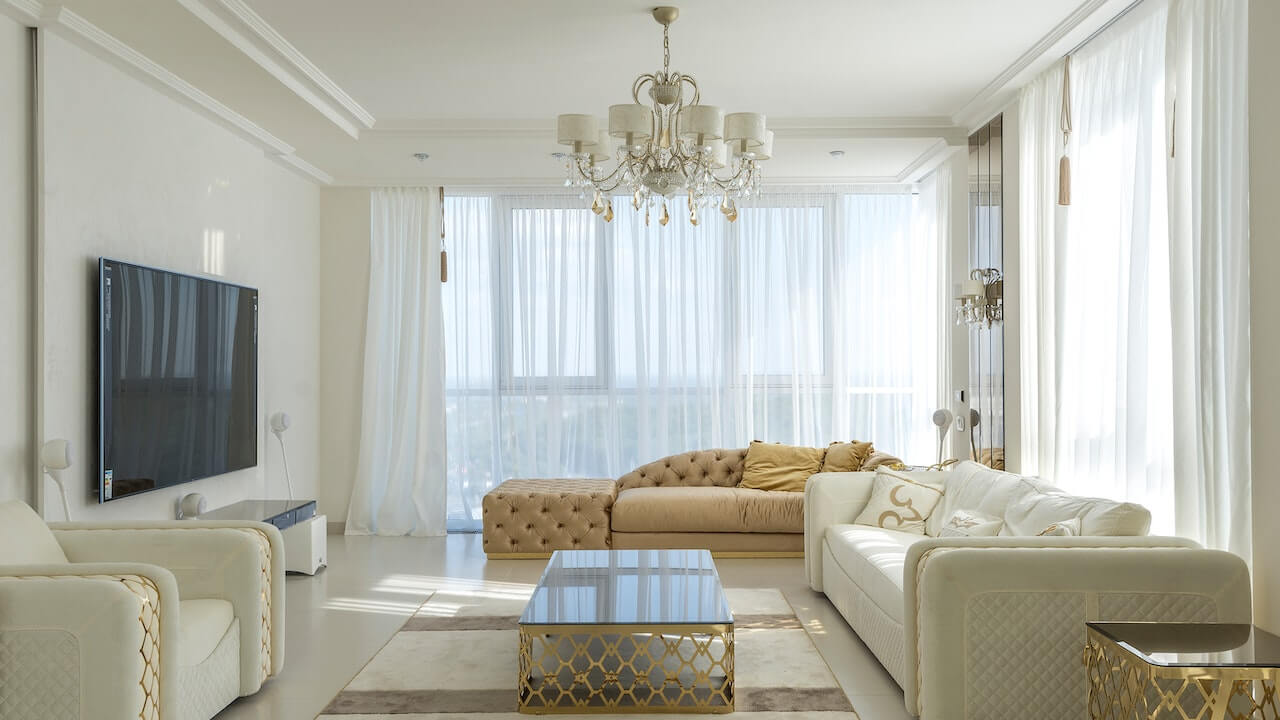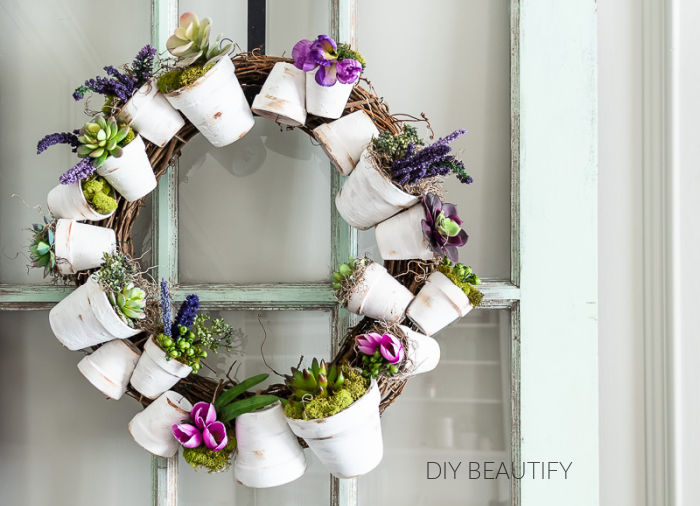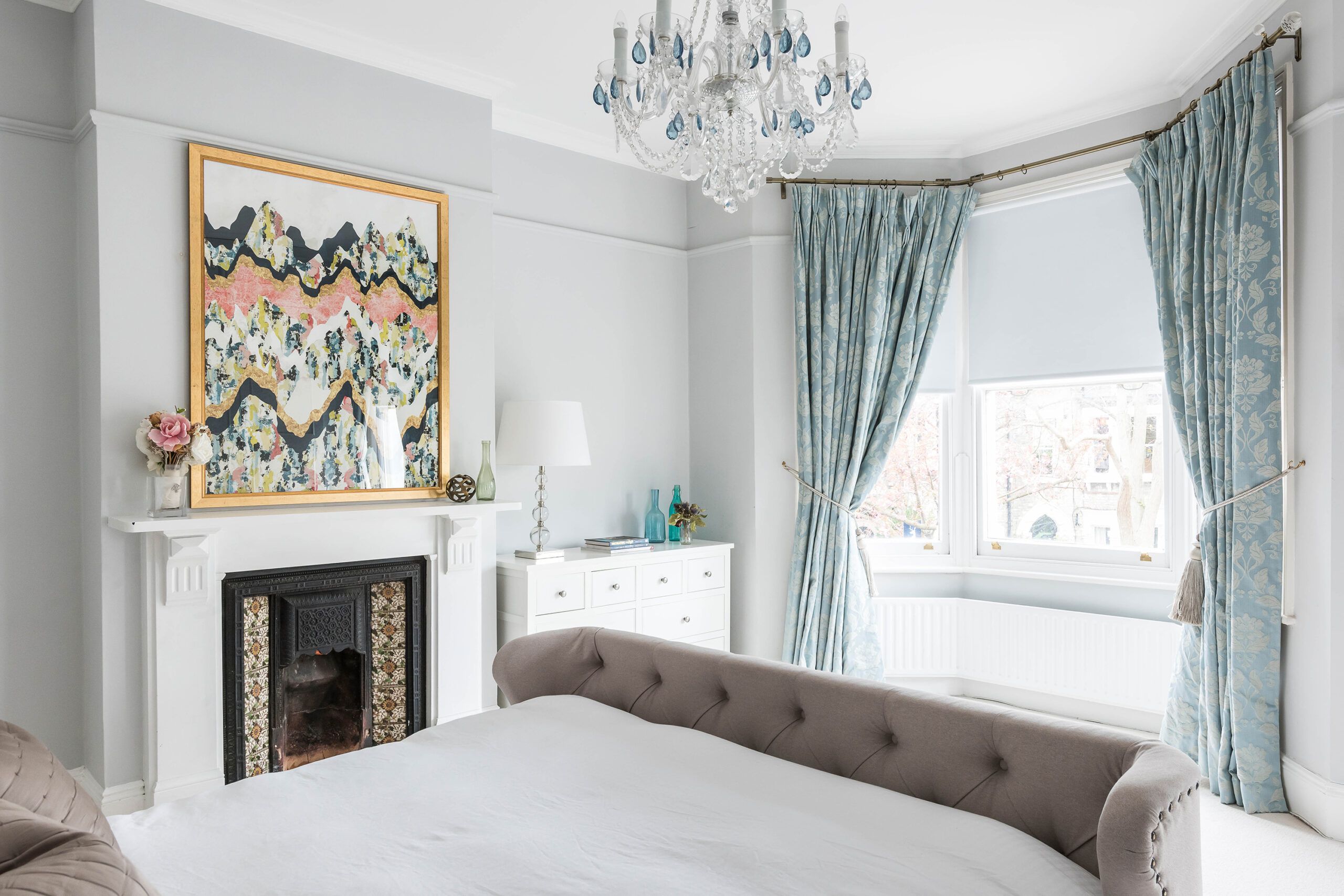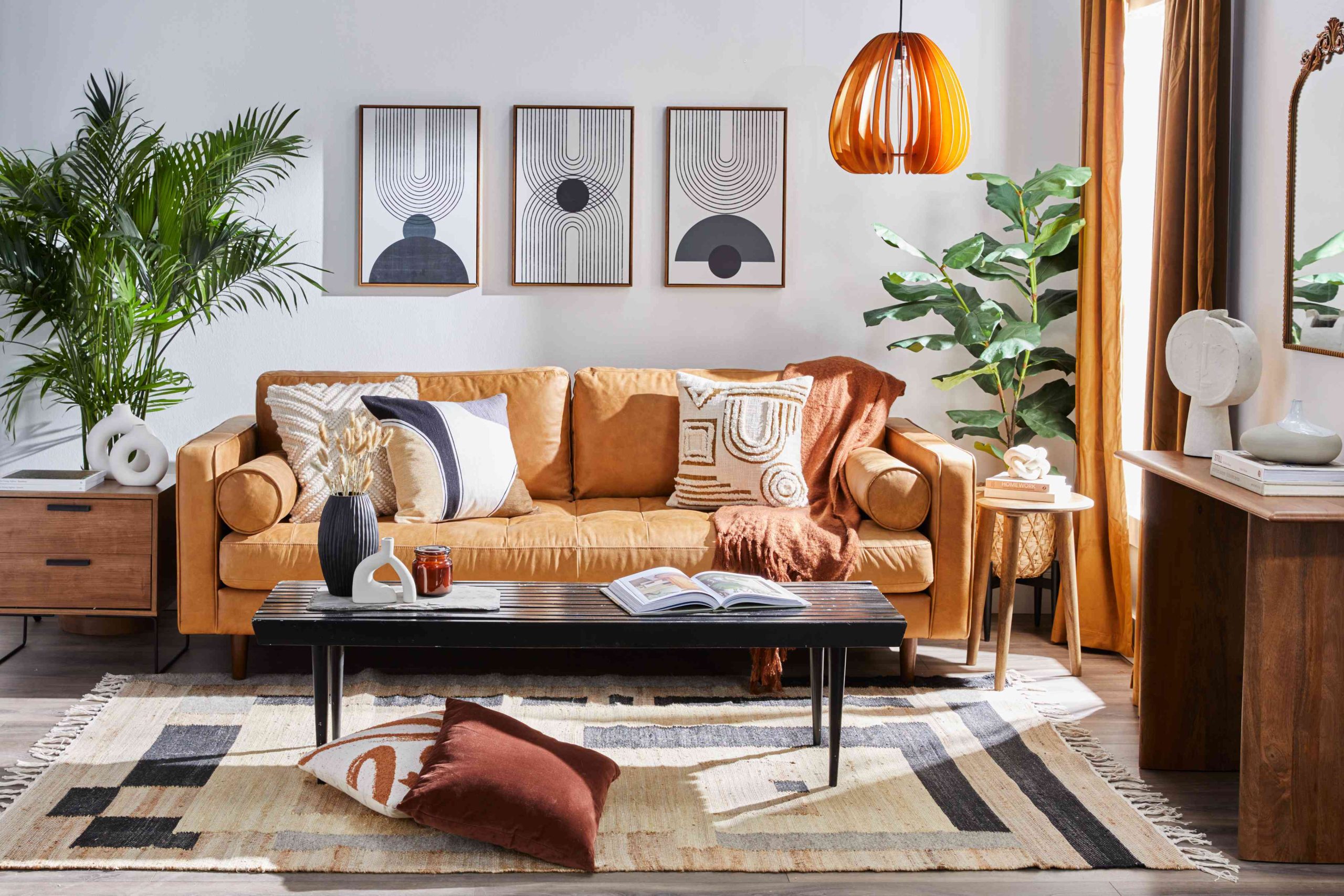Eco-friendly home decor is becoming increasingly important in this day and age. As we continue to witness the effects of climate change, it becomes crucial for people to adopt sustainable practices that reduce their carbon footprint. One of the most effective ways to do this is through eco-friendly home decor.
Eco-friendly home decor involves using products made from natural or recycled materials, as well as adopting practices that are environmentally friendly. By choosing sustainable furniture, bedding, and curtains made from organic cotton or linen, you are reducing your impact on the environment. Additionally, choosing energy-efficient appliances and light bulbs can help reduce your energy consumption.
Eco-friendly home decor plays a significant role in protecting our planet’s resources. It is essential for individuals to take responsibility by adopting sustainable practices and choosing eco-friendly products when decorating their homes. By doing so, we can contribute to a healthier planet for ourselves and future generations.
Sustainable materials: Natural and recycled options
One of the most important aspects of eco-friendly home decor is the use of sustainable materials. Natural options, such as bamboo, cork, and organic cotton, are becoming increasingly popular due to their renewable characteristics and low environmental impact. Bamboo is a particularly attractive option as it grows quickly without the need for pesticides or fertilizers. It can be used in various forms including flooring, furniture, and even textiles.
Recycled materials are also an excellent choice for sustainable home decor. Used plastic bottles can be transformed into soft and durable carpets while discarded glass can create beautiful light fixtures and decorative accessories. Wood salvaged from old buildings or fallen trees can be repurposed into stunning pieces of furniture with unique character. These recycled options not only reduce waste but also add personality to a home’s design aesthetic. With so many natural and recycled material choices available today, there’s no excuse not to make conscious choices when it comes to decorating our homes sustainably.
Energy-efficient lighting: LED and solar-powered
LED lighting has been a game-changer in the world of energy-efficient lighting. Compared to traditional incandescent bulbs, LEDs consume up to 90% less energy and last up to 25 times longer. They also emit less heat, making them safer and cooler to handle. Additionally, LED bulbs come in a range of colors and styles, making them versatile enough for any home decor.
Another popular option for energy-efficient lighting is solar-powered lights. These lights rely on solar panels that convert sunlight into electricity which powers the light source at night. Solar-powered lighting systems require no wiring or external power sources, making them easy to install and maintain. They are perfect for outdoor use such as garden paths or patio areas where they can soak up the sun during the day and illuminate your space at night without adding any extra cost to your electricity bill.
In conclusion, adopting eco-friendly home decor practices like using LED bulbs or solar-powered lighting not only reduces your carbon footprint but can also save you money on your electricity bills over time while still providing ample illumination for your space.
Conscious furniture choices: Upcycling and repurposing
Upcycling and repurposing are conscious furniture choices that can save money and reduce waste. Upcycling involves taking old or discarded materials and transforming them into something new, while repurposing involves finding a new use for an item that was not originally intended for that purpose. Both options offer creative ways to breathe new life into furniture pieces or household items that may have otherwise ended up in a landfill.
Upcycling and repurposing also offer unique design opportunities, as the end result is often one-of-a-kind. For example, an old dresser can be transformed into a unique bathroom vanity by cutting out holes for sinks and adding plumbing fixtures. A vintage suitcase can serve as a chic coffee table by adding legs and glass on top. These projects not only add character to the home but also provide a sense of pride knowing that they were made with environmentally-friendly practices.
When it comes to conscious furniture choices, upcycling and repurposing are great options to consider. By reducing waste and creating sustainable designs, these practices allow homeowners to make eco-friendly decisions without sacrificing style or functionality in their homes.
Minimalism and functionality: Reducing waste in design
Minimalism and functionality go hand in hand when it comes to reducing waste in design. By embracing a minimalist approach, designers can choose to create products that are not only aesthetically pleasing but also serve a functional purpose, resulting in fewer wasted resources. This approach encourages the use of eco-friendly materials that are biodegradable or recyclable.
Incorporating functionality into design helps to eliminate the need for excess materials and inefficient manufacturing processes. For instance, a multi-purpose piece of furniture can reduce the number of items needed in a living space. Designers can also minimize packaging waste by creating products with reusable or minimal packaging.
Designers who prioritize minimalism and functionality have an opportunity to contribute positively towards sustainable development goals while still producing high-quality designs. By reducing waste through these values, we can conserve natural resources and make sure our planet remains habitable for generations to come.
Indoor plants: Biophilic design for clean air
Indoor plants have become an integral part of interior design and home decor. Besides their aesthetic appeal, indoor plants contribute to biophilic design by creating a connection with nature indoors. In addition, they offer numerous benefits such as improving air quality by purifying the air inside homes.
NASA’s Clean Air Study found that certain indoor plants are effective in removing toxic chemicals from the air, including formaldehyde, benzene, and trichloroethylene. Some of these plants include spider plant, peace lily, snake plant, and Boston fern. Having these plants indoors not only enhances the decor but also contributes to clean indoor air.
Incorporating indoor plants into home decor can be an eco-friendly and sustainable practice that improves overall well-being while being aesthetically pleasing. With so many options available for different types of spaces and sunlight levels required for each plant species, there is no excuse not to bring a bit of nature indoors.
Conclusion: Embracing sustainable practices in home decor
In conclusion, embracing sustainable practices in home decor is not only beneficial for the environment but also adds a touch of uniqueness and character to your living space. By opting for eco-friendly products like recycled furniture or organic textiles, you are reducing your carbon footprint while also supporting ethical and responsible manufacturing practices.
Sustainable home decor can be achieved through a variety of methods such as using energy-efficient lighting and appliances, sourcing locally-made products, and repurposing old items instead of discarding them. These small changes can make a big impact on the environment over time.
By choosing to prioritize sustainability in your home decor choices, you are not only making a positive impact on the planet but also setting an example for others to follow. Embracing these practices is a win-win situation for both individuals and society as a whole; creating beautiful living spaces that contribute towards environmental preservation will undoubtedly lead to happier and healthier communities.



